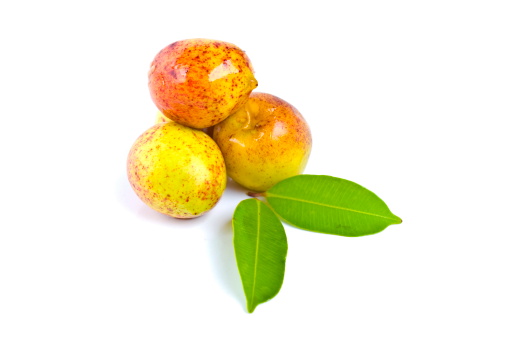Jostaberry Fruit
Jostaberry is a hybrid variety of Black Currant and Gooseberry. The size of fruit is very larger but its taste is alike of Black Currant. The fruit freezes well just like blackcurrants.
Fruits Home  Full List of Fruits
Full List of Fruits  Jostaberry
Jostaberry






 Full List of Fruits
Full List of Fruits  Jostaberry
Jostaberry
Scientific Name:Ribes �nidigrolaria
The fruit was developed in Europe and is completely resistant to fungal dieback, currant bud mite, and white pine blister. The fruit is fully ripe when it turns to a dark blue-black color.
The fruit was developed in Europe and is completely resistant to fungal dieback, currant bud mite, and white pine blister. The fruit is fully ripe when it turns to a dark blue-black color.
Jostaberries are more tolerant and they need moisture for the fruits to develop. Their soil is a rich well-drained. It will not dry out easily. It will also grow well on normal soils.

- Dig the soil to depth a couple of months before planting. This will make the soil to settle. Add as much well-rotted compost or long lasting fertilizer.
- The best time to plant Jostaberries bushes is early winter and they can also be planted any time up to mid-March as long as the soil is not frozen. The plants must be spaced about 1.8m apart and dig a hole wide and sufficient to take the roots without cramping them.
- The bushes produce a large number of stems from just below ground level. To maintain this growth, plant the bushes roughly 5cm deeper than they were in the pot. Fill the roots with soil and taut it down with your foot.
The fruits are ready for harvest while they are nearly black. Try to pick them in dry conditions.
Mix Jostaberries and sugar and heat it until the sugar gets dissolved. Blend the Jostaberries. Cool, and churn with the cream in an ice-cream churn.

Ingredients
- Wine yeast
- 3 lbs ripened Jostaberries
- 4 lbs granulated sugar
- 7 pints water
- 1/8 tablespoon grape tannin
- 1 tablespoon yeast nutrient
Wash Jostaberries thoroughly and crush well. Boil water and add sugar to dissolve. Pour over Jostaberries. Add tannin, yeast and nutrient and cover well and set in warm place for 5-7 days. Strain in nylon straining bag. Press pulp well to extract the boiled liquid. After two months, rack the liquid into bottles and store in dark place to conserve color. Taste after one year, remarkably with age 3-4 years.



















